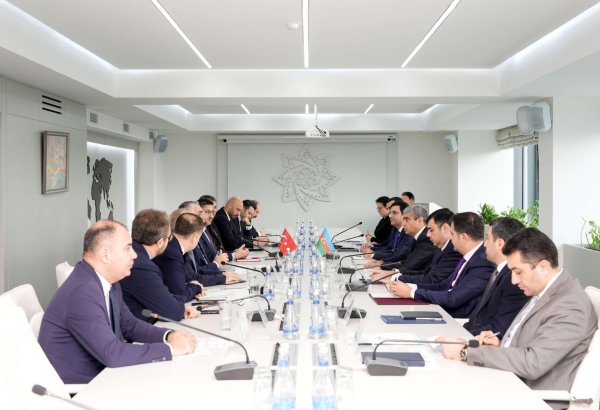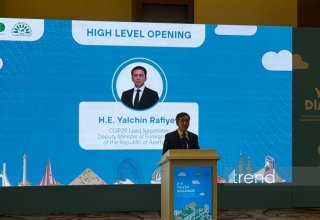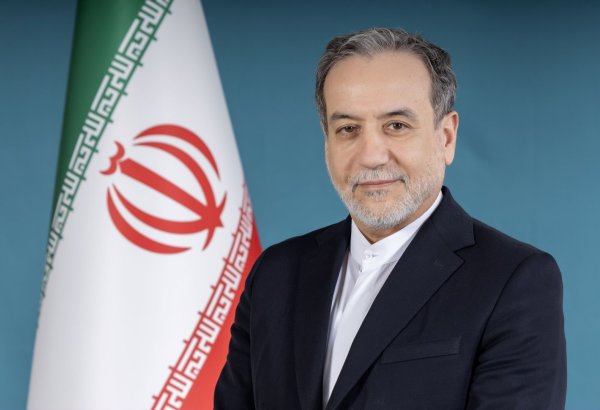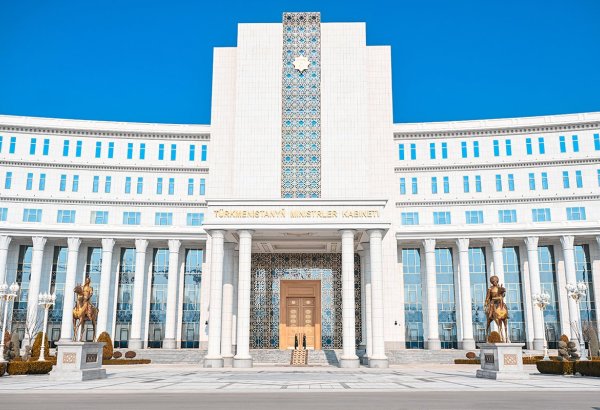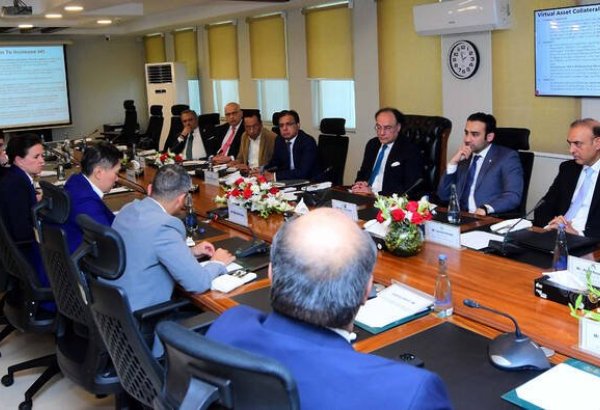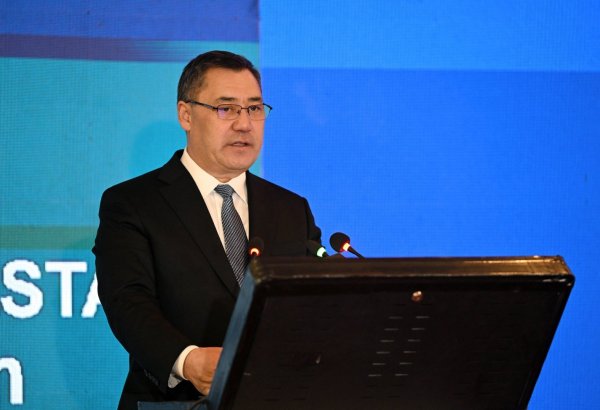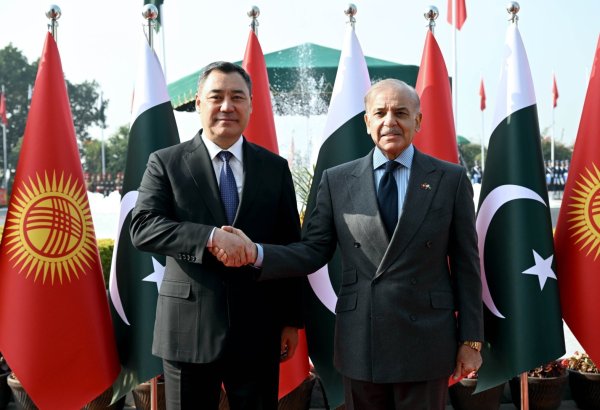ASHGABAT, Turkmenistan, June 25. Turkmenistan and Pakistan have high expectations for the Turkmenistan-Afghanistan-Pakistan-India (TAPI) gas pipeline project, as well as the power transmission and fiber-optic communication lines along the Turkmenistan-Afghanistan-Pakistan (TAP) route, TurkicWorld reports.
According to an official source, this was noted during a meeting in Ashgabat between President of Turkmenistan Serdar Berdimuhamedov and Federal Minister for Industries and Production of Pakistan Rana Tanveer Hussain.
Industry, energy, and transportation were identified as priority areas during the discussion as having solid potential, and the parties also acknowledged the progressive dynamics inherent in trade and economic partnerships.
In this context, they stressed the active participation of both countries in the implementation of major regional energy and communication projects, including the construction of the transnational Turkmenistan-Afghanistan-Pakistan-India (TAPI) gas pipeline, as well as power transmission lines and fiber-optic communication along the Turkmenistan-Afghanistan-Pakistan (TAP) route.
The parties stressed that the implementation of these large-scale projects will contribute to the sustainable socio-economic development of the entire region, its successful integration into the system of global economic relations, and the consolidation of regional peace and stability.
It is expected that the TAPI gas pipeline will annually transport 33 billion cubic meters of natural gas along an 1800-kilometer route from Turkmen Galkynysh, the second largest gas field in the world, to the Indian city of Fazilka, located near the border of India with Pakistan.
The TAP project is a large-scale infrastructural and economic initiative aimed at establishing links between the participating countries of the project in order to ensure energy and communication integration, as well as stimulate economic growth and development in the region.














